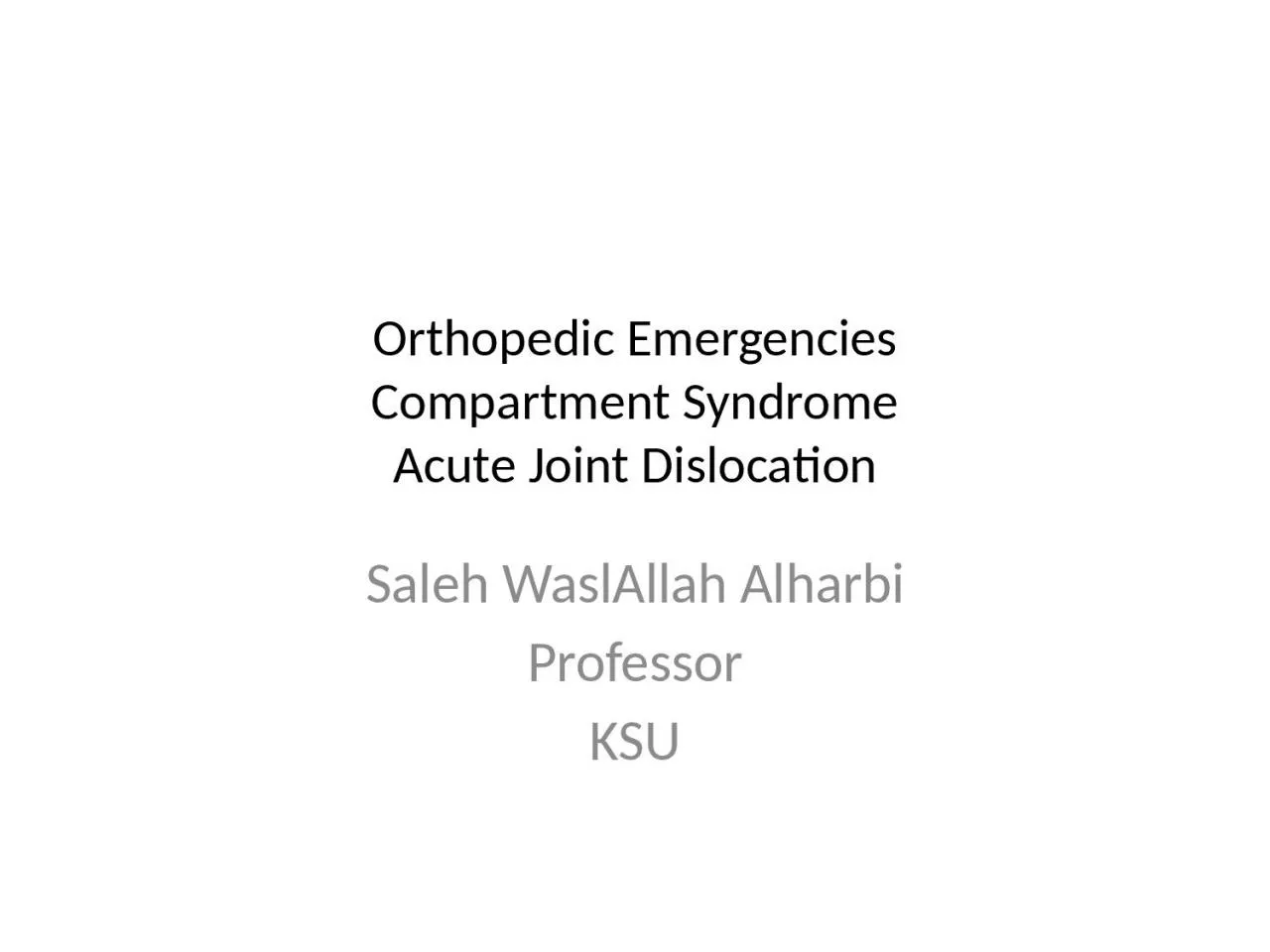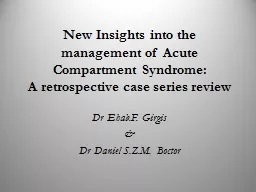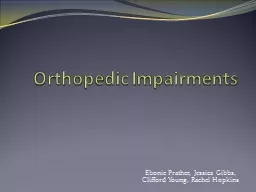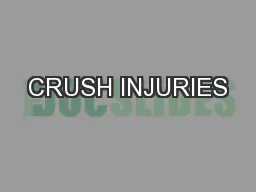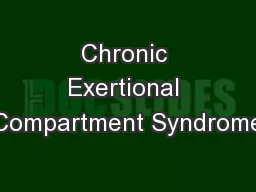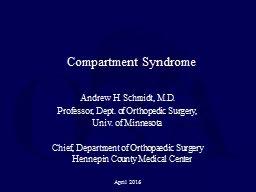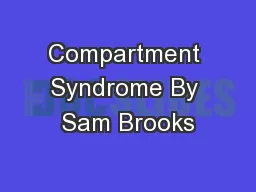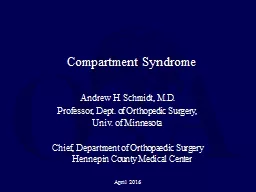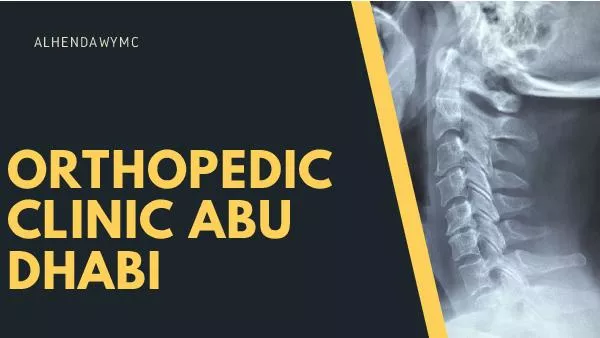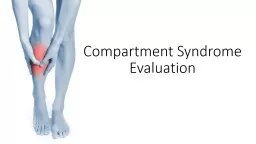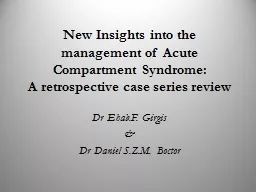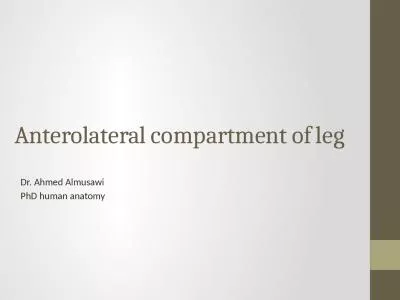PPT-Orthopedic Emergencies Compartment Syndrome
Author : phoebe | Published Date : 2024-02-03
Acute Joint Dislocation Saleh WaslAllah Alharbi Professor KSU Objectives Compartment Syndrome CS To explain the pathophysiology of CS To identify patients at risk
Presentation Embed Code
Download Presentation
Download Presentation The PPT/PDF document "Orthopedic Emergencies Compartment Syndr..." is the property of its rightful owner. Permission is granted to download and print the materials on this website for personal, non-commercial use only, and to display it on your personal computer provided you do not modify the materials and that you retain all copyright notices contained in the materials. By downloading content from our website, you accept the terms of this agreement.
Orthopedic Emergencies Compartment Syndrome: Transcript
Download Rules Of Document
"Orthopedic Emergencies Compartment Syndrome"The content belongs to its owner. You may download and print it for personal use, without modification, and keep all copyright notices. By downloading, you agree to these terms.
Related Documents

